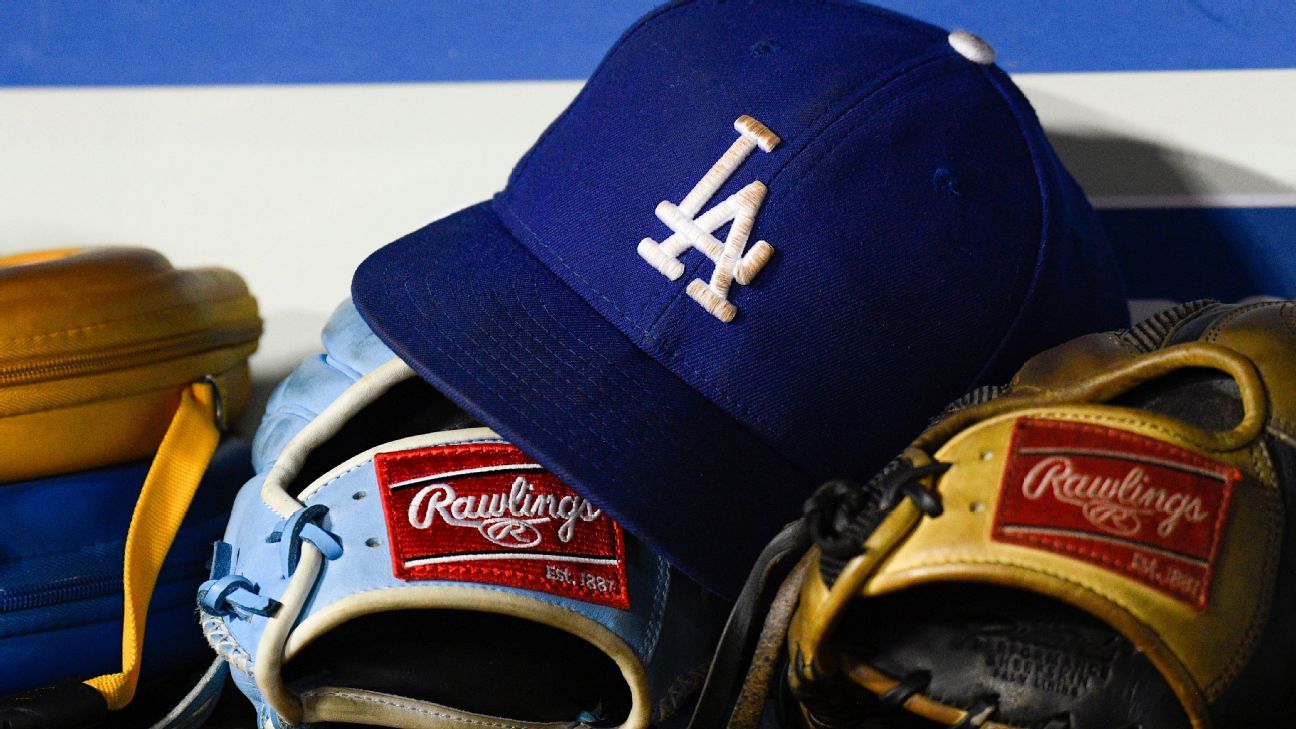
Rich Henry remembers his uncle Walter as the most colorful man he has ever known. He’d roar down the street standing on his Harley-Davidson motorcycle, and he surprised friends and family with extravagant gifts.
“His parents looked out the window on their 50th wedding anniversary,” recalled Henry with a laugh, “and saw their old Buick was missing. A new Cadillac sat in its place.”
Wally Weir’s most adventurous exploit, however, was when he bought an Indianapolis roadster in 1963. It wasn’t just any roadster. It was the A.J. Watson-built car that Jim Rathmann raced to victory in the 1960 500.
It became quite the attraction at Weir’s Mobilgas station on the corner of Big Bend and Elm in Webster Groves, Mo. But Weir’s intentions went beyond owning a unique attention-getter.
Born in 1903, Weir grew up enamored with outlaw dirt-track racers, and he had a fascination with Indianapolis Motor Speedway. He wanted to enter his car in the Indianapolis 500. In 1964, he did.
Weir prepared the car, painted it a striking shade of blue and hired veteran Paul Russo to drive. Russo missed the show in 1963 and after two unsuccessful qualifying attempts in ’64, stepped out of the car.
Chuck Stevenson tried a few laps in the Weir Mobilgas Special before gunslinger Bob Harkey took over. With little practice and only one qualifying attempt left on the car, Weir paced nervously as Harkey ran to the 27th starting position. Considering 22 other car and driver combinations were sent home, Weir was as excited as if they’d won the pole.
On race morning, Harkey climbed in the cockpit and noticed that chief mechanic Barney Christiansen had taped over the gauges. He told Harkey, “Don’t worry about anything but driving.”
Harkey didn’t.
Coming up on the hideous second-lap crash that took Eddie Sachs and Dave McDonald, he slammed to a stop short of the inferno. After the restart, he raced to the front and finished eighth.
It was a $12,000 payday for the gas station owner. More enthused than ever about competing at Indy, Weir invested the money in an older rear-engine Halibrand car for 1965.
He made the 500 again. Chuck Rodee squeezed into the field in 30th and fell out early when the rear-end gears failed. When he missed the 1966 race with the Halibrand car, Weir realized he needed a new car to be competitive.
In 1967, he bought a new Gerhardt. Believing a driver with rear-engine experience would be his soundest choice, he began a search for the ideal fit.
He reasoned, “Those foreign drivers know how to drive the rear-engine cars,” he’d go after one of them.
Weir set his sights on Formula One driver Lorenzo Bandini and showed up at the 1966 U.S. Grand Prix at Watkins Glen (N.Y.), introduced himself and asked Bandini what he would charge to drive his car in the Indianapolis 500. Bandini held up five fingers, $5,000. Weir shook his head and held up 10 fingers, $10,000. Weir always liked to go big.
They shook hands and with that a gas station owner from Missouri had a factory Ferrari star to drive his car in the Indianapolis 500.
Regrettably, it wasn’t to be. On May 7, Bandini crashed during the Monaco Grand Prix and died from his injuries three days later.
Weir enlisted Al Miller to replace Bandini. Miller put Weir’s red-and-white checkered car in the field, in last place. Still, he had good company in the last row. Joining him were world champion Graham Hill and future champion Jochen Rindt.
Miller raced the car to mid-field before an oil leak put him out.
Weir returned with the Gerhardt in 1968 and ’69 but failed to make the field either year.
As Weir laid plans for yet another attempt at Indianapolis in 1970, tragedy struck. While crossing a road near his Webster Groves home, he was struck and killed by an automobile.
While he won’t be recognized along with Indy car’s powerhouse owners, what Walter Weir accomplished was incredible.
Working out of his Missouri gas station, he made the Indianapolis 500 three times during an era when the world’s best competed there.















 Phone: (800) 737. 6040
Phone: (800) 737. 6040 Fax: (800) 825 5558
Fax: (800) 825 5558 Website:
Website:  Email:
Email: 






